38% Say U.S. Heading in Right Direction
Thirty-eight percent (38%) of Likely U.S. Voters think the country is heading in the right direction, according to a new Rasmussen Reports national telephone and online survey for the week ending January 19.
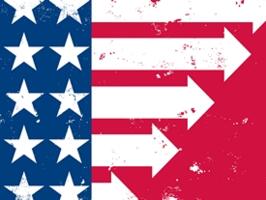
Thirty-eight percent (38%) of Likely U.S. Voters think the country is heading in the right direction, according to a new Rasmussen Reports national telephone and online survey for the week ending January 19.
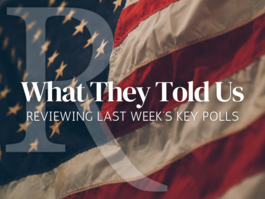
Out with the old, in with the new.

Confidence that the War on Terror is going America’s way has jumped to its highest level in over four years, but most voters don’t think this country is a safer place than it was eight years ago when President Obama took office.

Thirty-five percent (35%) of Likely U.S. Voters think the country is heading in the right direction, according to a new Rasmussen Reports national telephone and online survey for the week ending January 12.
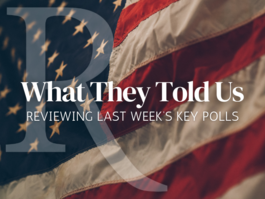
Americans got a taste of the continuing combative relationship between Donald Trump and the media this past week, a radical departure from the love affair most reporters have had with outgoing President Barack Obama.

With a new Congress and a new president intent on repealing Obamacare, more voters than ever are calling for fixing it rather than throwing it out completely. Most expect major changes in the trouble-plagued national health care law in the near future, though.

Thirty-one percent (31%) of Likely U.S. Voters think the country is heading in the right direction, according to a new Rasmussen Reports national telephone and online survey for the week ending January 5.

President Obama’s flurry of last-minute domestic decisions and his foreign policy jabs at Israel and Russia have some complaining that he’s deliberately creating problems for his successor.

Thirty-three percent (33%) of Likely U.S. Voters think the country is heading in the right direction, according to a new Rasmussen Reports national telephone and online survey for the week ending December 29.
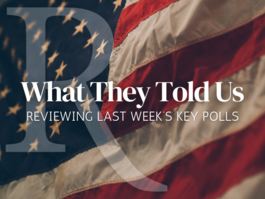
Trick or treat. That may be the holiday slogan many have in mind as a new year and the Trump presidency beckons.

Thirty-three percent (33%) of Likely U.S. Voters think the country is heading in the right direction, according to a new Rasmussen Reports national telephone and online survey for the week ending December 22.
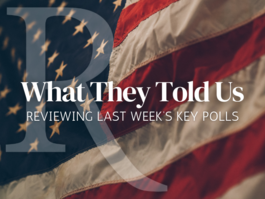
Let’s put politics on pause to reflect at least briefly on the peaceful message of Christmas.

Voters strongly believe in the dreams of newcomers to America but remain more skeptical about whether new immigrants share those dreams.

Following Donald Trump's election as president, Americans are more optimistic about the future than they have been in over four years.

Thirty-three percent (33%) of Likely U.S. Voters think the country is heading in the right direction, according to a new Rasmussen Reports national telephone and online survey for the week ending December 15.
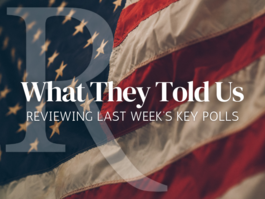
The Electoral College is on track to count its votes on Monday, and then it will be official: Donald J. Trump will be the next president of the United States.
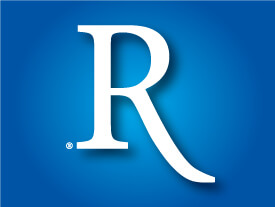
Thirty-five percent (35%) of Likely U.S. Voters think the country is heading in the right direction, according to a new Rasmussen Reports national telephone and online survey for the week ending December 8.

Following a brief respite over the Thanksgiving holiday, president-elect Donald Trump got back to work this week making moves that mostly pleased his supporters and infuriated his critics.

It’s been an interesting year for House Speaker Paul Ryan who has gone from publicly denouncing his party's presidential nominee Donald Trump to enthusiastically embracing the new president-elect. But the GOP speaker is now much more popular with his fellow Republicans and is better liked by all voters than any other congressional leader of either major party.

Thirty-one percent (31%) of Likely U.S. Voters think the country is heading in the right direction, according to a new Rasmussen Reports national telephone and online survey for the week ending December 1.